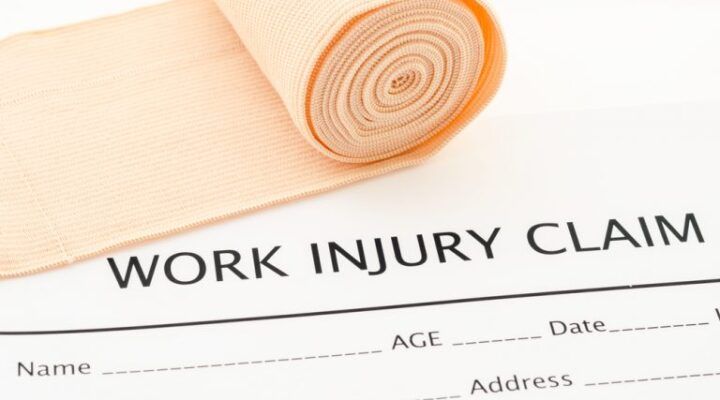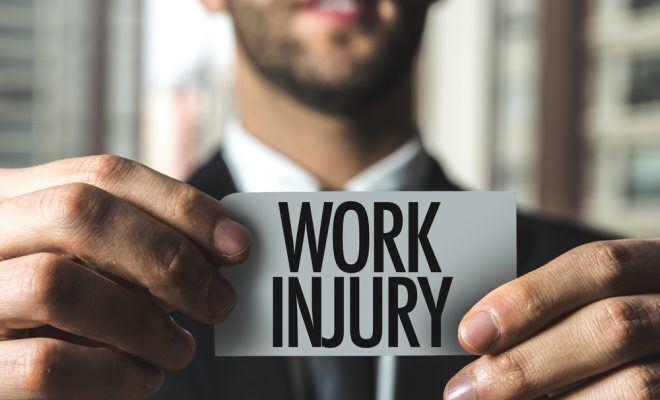In California. a Bay Area Clerk suffered a horrendous work injury. He was set on fire by a homeless serial shoplifter. Dailymail.com It is reported that the Clerk suffered second and third degree burns to his face, neck, chest and shoulder.
This article will discuss the special benefit that an Injured Workers are entitled to receive when they suffer from a burn injury. This article will also how this special benefit can be a source of controversy.
What is the Special Benefit that Injured Workers Who Have Burn Injuries Can Receive?
California Workers’ Compensation Law provides for extended total temporary disability benefits for certain injuries. Burn injuries fall within this eligibility for extended benefit.
Labor Code Section 4656, under section (c) (1) provides that the “Aggregate disability payments for a single injury occurring on or after April 19, 2004, causing temporary disability shall not extend for more than 104 compensable weeks within a period of two years from the date of commencement of temporary disability payment. (2) Aggregate disability payments for a single injury occurring on or after January 1, 2008, causing temporary disability shall not extend for more than 104 compensable weeks within a period of five years from the date of injury. (3) Notwithstanding paragraphs (1) and (2), for an employee who suffers from the following injuries or conditions, aggregate disability payments for a single injury occurring on or after April 19, 2004, causing temporary disability shall not extend for more than 240 compensable weeks within a period of five years from the date of the injury: (A) Acute and chronic hepatitis B. (B) Acute and chronic hepatitis C. (C) Amputations. (D) Severe burns. (E) Human immunodeficiency virus (HIV). (F) High-velocity eye injuries. (G) Chemical burns to the eyes. (H) Pulmonary fibrosis. (I) Chronic lung disease.
Based upon the statute, the Injured Worker must suffer from a “severe” burn injury in order to obtain the extended total temporary disability. The question is “what is a severe burn injury?” Due to the vagueness within the statute, one must look at case law.
What Does Case Law Indicate About Severe Burns?
In the case of Parco vs. WCAB 83 C.C.C. 1288 (writ denied), it was found that “Applicant claimed that he suffered industrial injury to his left thumb, left hand, and the skin on his left thumb while employed by Defendant Parco, Inc., as a machinist on 8/30/2013. The medical treatment records indicated that Applicant suffered second and third degree burns to his left hand and also underwent three surgeries on his left thumb. Qualified medical evaluator David Doty, M.D., testified in his deposition that, as a result of Applicant’s crush injury, tendon damage, and the fracture of the bone and subsequent surgery with bone removal, Applicant had a 7mm shortening of his left thumb.”
“At trial, the WCAB found “Based on the medical evidence, the WCJ found, in pertinent part, that the 104-week limit for TD benefits did not apply to Applicant, and that Applicant was entitled to additional TD payments through 1/5/2016 based on the exceptions to the TD limitation for amputations and severe burns set forth in Labor Code § 4565(c)(3)(C) and (D).”
“The WCJ recommended that reconsideration be denied. In her report, the WCJ pointed to medical evidence that Applicant suffered second and third degree burns on his hand. The WCJ explained that the Labor Code does not require the “most severe burns to constitute an exception to the cap on TD, but merely “severe burns,” and that second and third-degree burns were sufficiently severe to meet the exception.”
While the case addressed the amputation exception, the court also noted that “it appears that applicant suffered “severe burns” in the course of his injury. Either of these factors is an appropriate basis for implementing the exception to the 104 week limitation on temporary disability benefits. (Lab. Code § 4656 (3) (C) and (D).)” Defendant’s petition for writ of review was denied.
In sum, the matter of what constitutes a “severe burn” is still a source of controversy. With respect to the facts of the present case, it would appear that the substantial nature of the burns would likely tip the scale in favor of the exception. Specifically, the facial burn would be something that would likely sway a court as to the severity of the burn. In the present matter, it would appear that the nature and extent of the burns as well as the extent of the medical treatment most likely would be determinative.
What If I Need Legal Advice?
If you would like a free consultation regarding workers’ compensation, please contact the Law Offices of Edward J. Singer, a Professional Law Corporation. We have been helping people in Central and Southern California deal with their workers’ compensation cases for 30 years. Contact us today for more information.


